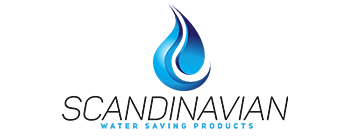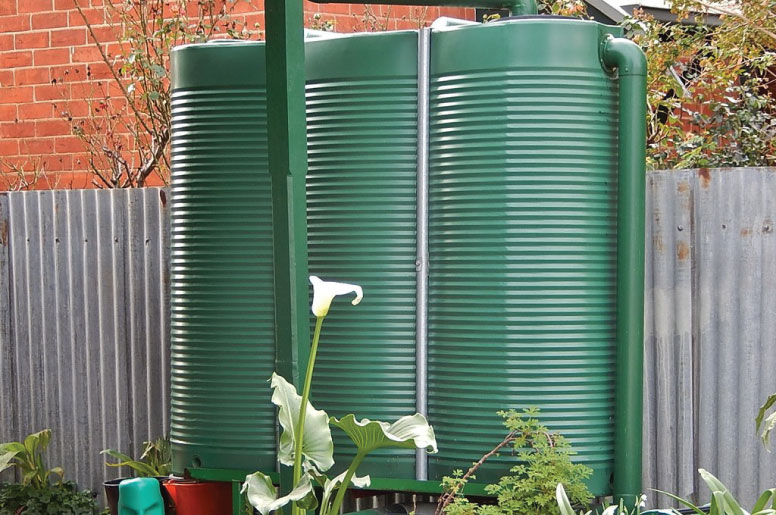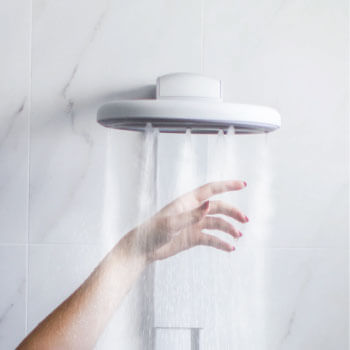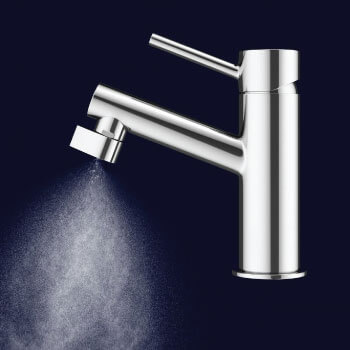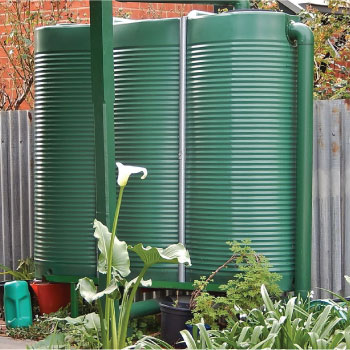Uncategorized
How to create a water-wise home – long term.
Use only what you need and you can get your lifestyle back
If you do it right from start to finish, water restrictions will not affect you anymore. Cape Town may have survived Day Zero, but we’re not the only major city across the world battling climate change and severe drought.
Short term savings – We know them too well
You already know the drill. Only flush when you do number two, let the ’yellow mellow’, save the shower water for flushing, flush with buckets, spray chemicals to avoid the smell, never run a half-full washing machine etc. You are not alone. We too hate the ’yellow mellow’ and like a long, nice shower. We all want to go back to what was normal. But what we have today is the new normal. We now have 6B water restrictions, but with all the people moving to Cape Town, we are already using a little more water and we need to be more water-wise long-term.
Long-term savings – It´s a strategy. Let´s start with big water consumers
Let’s start with discussing water-saving, like Israel did in 2007 when they had an extreme drought. They focused on toilets and showers which are the unit thats consume most of the water we use in our daily life.
The toilet – One flush – 9 litres
Did you know that before the water restrictions, an average family of four used close to 80 000 litres per year just to flush the toilets (9 litres per flush)? With 6B restrictions, it is recommended to flush only once a day, which means a family of four will use about 14 600 litres of water per year. But If you use an extreme water-saving toilet you can flush every time you go to the toilet and use only just below 7 000 litres. Use only what you need, and suddenly you can have the same lifestyle as before.
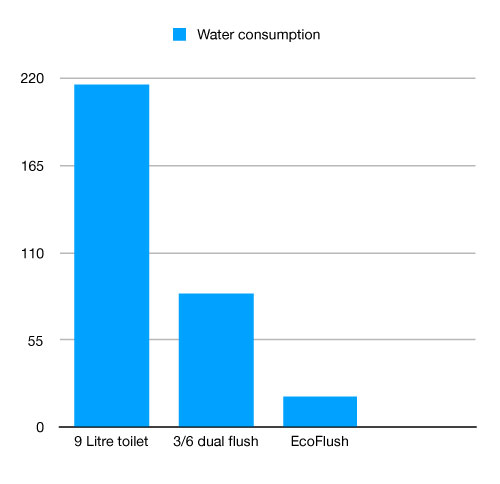
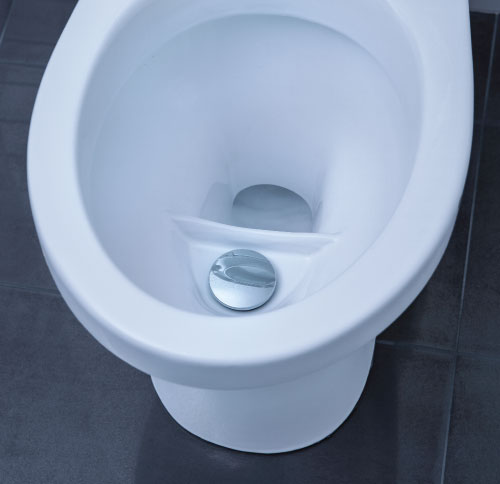
One shower – 90 seconds
Military showers? During the restrictions, we were taught by the City of Cape Town to shower for 90 seconds to keep within the quota to save water. If you use a best-of-breed shower with an extreme water-saving product you can shower for almost 6 minutes with same amount of water. You don´t save water anymore, you just use what you need.
3 litres for daily hygiene
If you use an extreme tap nozzle you can save up to 98% of water, but still wash your hands, rinse your shaver and toothbrush – everything as normal – but you only use what you need.
Rainwater Tanks | Rainwater harvesting – water tanks
To collect rainwater is great and during the winter, it’s awesome. But in summer, well, there’s not much rain. Last year the sales of water tanks to collect water boomed. If you use the water you have harvested, together with a low consumption toilet, the saving is huge. A 5 000 litre tank will last for almost a year, instead of 3-4 weeks with a conventional toilet. This is long-term saving in action!
Eco Products & Green Products – water-saving products
There are many products on the market that “save water” and some of them are just marketing and others cannot do the job. Have you experienced an aerator on a tap that takes forever to get wet? For the average consumer, it’s difficult to find products that can do a proper job and at the same time cut the water consumption. You should test it, feel it, read the actual consumption and calculate before you invest and install it. A conventional shower uses about 10 litres of water per minute and, according to the City of Cape Town, you can shower using 15 litres in 1 ½ minutes during the 6B restrictions. However, a water-saving shower can allow you to shower for almost six minutes, using the same amount of water. That’s a 70% saving at only 10.5 litres for the same shower. So again, water restrictions won’t affect you.
How to create the water-wise home?
To rebuild all bathrooms and showers will cost a lot, especially if you have made improvements recently. You do not want to start all over again. Start by having one extreme water-saving toilet in your house and use other toilets as “emergency toilets”. Install an extreme water-saving shower for the ones who want to shower for a longer time and water-saving nozzles where you use most of the water. Find out how much water your washing machine and dishwasher actually use. And before you know, it, you will see a better result than using a rainwater tank in the long-term and old products that use lot of water.
And what about the money?
Yes, new technology is more expensive. But you need to look at the savings in water and energy. These kind of units actually save you money from day one, not only water. The return on investment (ROI) may be dependent on the price of electricity and water, but you will have a payback within one to two years. If you plan on selling your house in future, a water-wise house is a more attractive proposition to buyers. But that’s nothing compared to the real return: when water restrictions start next time, you can live a normal life and not be affected. Now that’s what I call a good deal.
